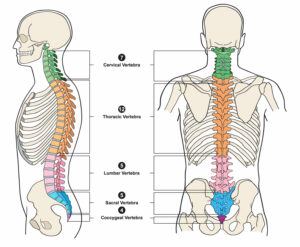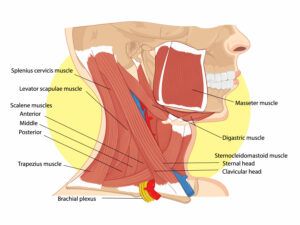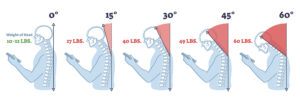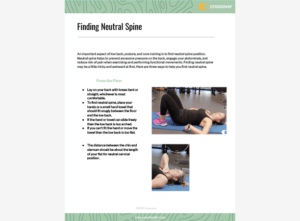LOOKING TO KEEP YOUR NECK HEALTHY? WE’RE HERE TO HELP!
1
Learn. Explore this module for in-depth info and useful videos.
2
Practice. Stick with the most helpful exercises.
3
Let us help. Want more help? Start a Conversation with your Care Team.
Expert Guidance Along the Way
-
Eric Lederhaus, PT, DPTPhysical TherapistEric has been a physical therapist since 2009 and has a DPT from University of Southern California. He uses a combination of manual therapy, pain science education, and exercise to return members to their optimal health. A native of southern California, he loves to surf, backpack the Sierras, and spend time with his wonderful family.
-
Melissa Stewart, PT, DPTPhysical TherapistMelissa loves being a person who can help others—especially those in a vulnerable position—reach their goals and assist those who are in a vulnerable position.
-
Tyson Matsumoto, PT, DPTPhysical TherapistTyson has always been fascinated by the inner workings of the body. He majored in Biology with a concentration in Neuroscience at Williams College in Massachusetts, then received his Doctorate in Physical Therapy from the University of Southern California. Tyson is also a certified Orthopedic Specialist.
-
James Leonard, DCChiropractorJames is incredibly passionate about spine pain management and helping members learn how to find sustainable solutions for chronic issues. He also specializes in chronic pain management, sciatica treatment, and movement-based therapies. An avid outdoor adventure and endurance sports enthusiast, James spends as much time as he can skiing, mountain biking, kite-boarding, and dabbling in triathlons.






 Posture Viewpoint
Posture Viewpoint